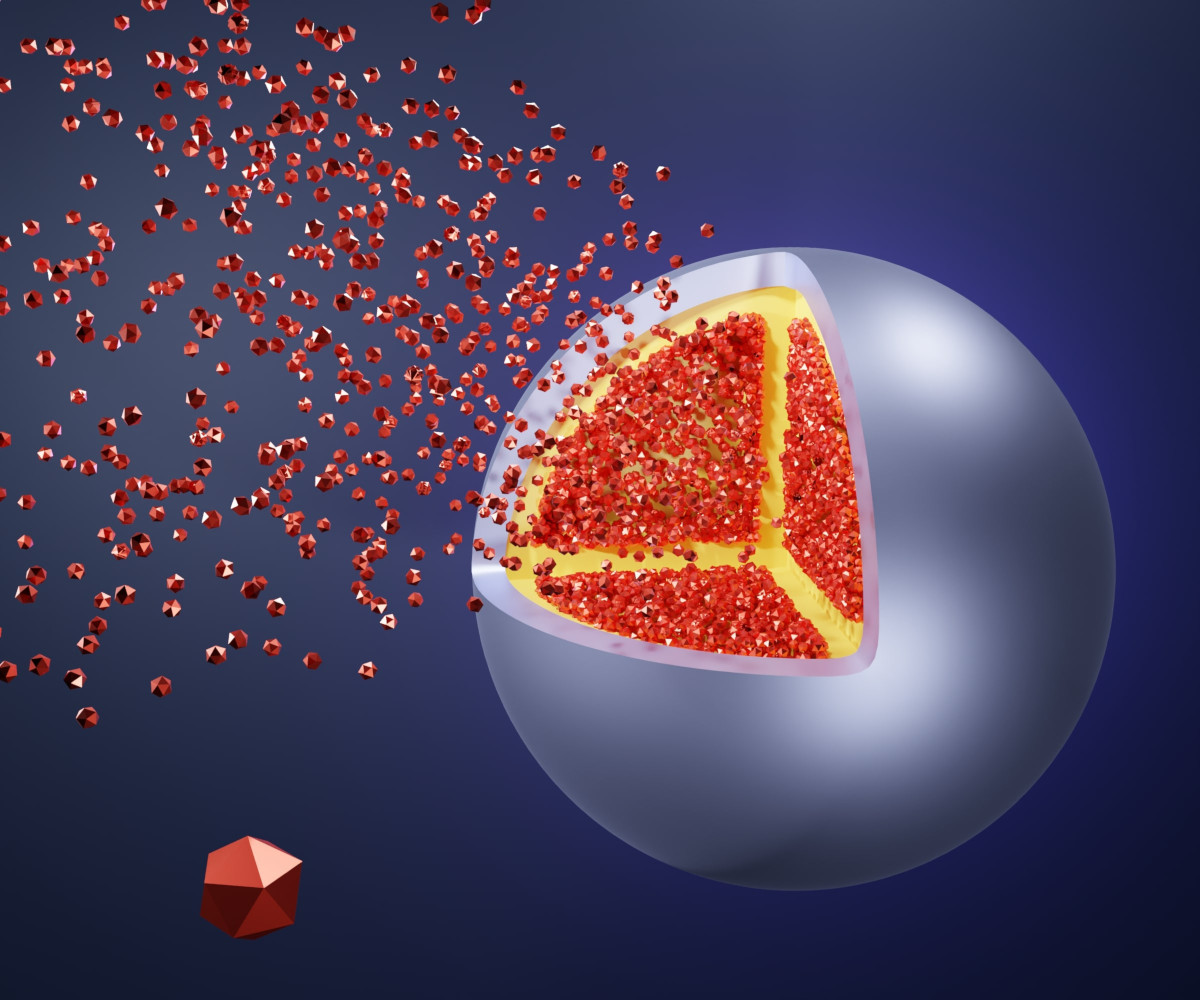In recent years, extensive research has been conducted to explore how the aging process can be slowed down or even halted. As society continues to age, the prevalence of age-related diseases, such as neurodegenerative disorders, type 2 diabetes, and cardiovascular diseases, is increasing.
Scientists worldwide are challenging the traditional approach of treating diseases only after they have developed. The concept of developing a drug that could stop or reverse the aging process would be extremely beneficial, as it could prevent age-related diseases from occurring in the first place. To date, research has primarily focused on understanding the pathogenesis (the origin and development of diseases). However, recent studies are now concentrating on the aging process itself to enable more years of healthy life.

Aging – A biological process
In recent years, extensive research has been conducted to explore how the aging process can be slowed down or even halted.
Increasing molecular and cellular damage
Throughout life, degenerative changes within cells progressively increase, leading to organ dysfunction and eventually death. While several factors contributing to these biological processes have been identified in recent years, a comprehensive understanding of the entire sequence of events is still lacking.
Cellular damage
Stem cells, often referred to as the body’s “iron reserve,” are the progenitor cells for all body cells. Unfortunately, they also age. How does this occur? Many body cells continuously divide and renew themselves, which, in turn, regenerates tissues and organs. However, this capacity is not unlimited.
With each cell division, the genetic material (DNA) within the cells can be damaged. DNA employs special protective caps (telomeres) to defend against these defects. In certain cells, these caps are continuously renewed by the enzyme telomerase. Over time, and with increasing cell divisions, genetic information is lost from the body cells with each division. Cells then cease to renew (senescence), die, or produce “faulty cells,” which can lead to cancer.
However, some stem cells serve as a genetic iron reserve for the body. They remain in a state of “quiescence” (dormant mode) until activated for regeneration by a significant injury. Once their task is complete, they return to their dormant state. This process prevents telomeres from shortening too rapidly.
In older age, however, stem cells do not regularly return to their dormant state. As a result, the stem cells’ iron reserve is constantly activated. Stem cells can only protect their telomeres from rapid shortening by returning to dormancy. The consequence—faulty cells are produced, and without the protective telomeres, stem cells either die or produce genetically faulty cells.
Molecular damage
As we age, the balance between protein synthesis and degradation becomes disrupted. Misfolded proteins and aggregate formation are hallmark features of age-related diseases. For example, certain forms of Parkinson’s disease involve alpha-synuclein accumulations, while Alzheimer’s disease is characterized by tau and beta-amyloid deposits.
How does epigenetics influence aging?
Epigenetics refers to heritable changes in the genetic material that do not involve alterations in the DNA sequence—it serves as a bridge between genes and environmental influences. Epigenetics determines the conditions under which specific genes are silenced or activated, a process known as gene regulation.
This can be best explained using twins. The genetic sequence is what defines an individual. Identical twins may look very similar, yet they are not genetically identical. Each twin has different lifestyle habits, which can alter their epigenetic code. This explains why one twin may develop cancer while the other does not. Spanish researchers have found that the epigenetic code of young twins is almost identical but significantly diverges as they age.
Methyl groups are considered important epigenetic tools. They can attach to DNA and deactivate underlying genes. Environmental factors, such as diet, can influence their distribution. However, the exact mechanisms by which external influences cause changes in gene expression remain unclear.
Is intervention in the aging process possible?
Laboratory models have shown that a healthy lifestyle can delay the onset or progression of age-related diseases. In recent years, researchers have found evidence that certain substances may potentially extend lifespan. These include drugs such as acarbose, the beta-blockers nebivolol and metoprolol, acetylsalicylic acid, and dasatinib.
Researchers consider a calorie-restricted diet (without malnutrition) is a possible way to slow down the aging process. This approach has extended the lifespan of many organisms, from yeast to primates. In humans, a calorie-restricted diet reduces risk factors for diseases and improves health. This is partly achieved through nutrient metabolism signaling pathways. Cellular processes are also regulated, such as AMPK, IGF/ILS signaling pathways, sirtuins, and mTOR (e.g., rapamycin). Rapamycin, for example, has been used in cancer therapy and as an immunosuppressant. In tests on mice, flies, and worms, rapamycin showed improvement in Alzheimer’s disease and diabetes. However, long-term use of mTOR inhibitors has significant side effects, such as cataracts, dysfunction, and testicular atrophy. Rapamycin has not yet been tested on healthy humans.
Latest research on cell death
At the University of Graz, Institute of Molecular Biosciences, Associate Professor Dr. Sabrina Büttner leads research focusing on different cell death pathways. This research involves characterizing and identifying the molecular mechanisms and factors that govern various cell death pathways in the yeast Saccharomyces cerevisiae.
A particular emphasis is placed on apoptosis, a self-destruct program that kills damaged cells, thereby protecting against conditions like cancer. In recent years, the research group has discovered that programmed cell death exists from yeast to mammals.
Researchers use yeast as it is a simple and easily manipulable model organism. This approach has allowed for a better understanding of general molecular mechanisms underlying various diseases, including neurodegeneration. Valuable insights into toxicity, function, and aggregation were gained by expressing different human, neurotoxic proteins in yeast, such as α-synuclein, which plays a role in Parkinson’s disease.
All these research findings lay the groundwork for future studies. Their goal is to slow down human biological aging and improve the quality of life for older individuals.


